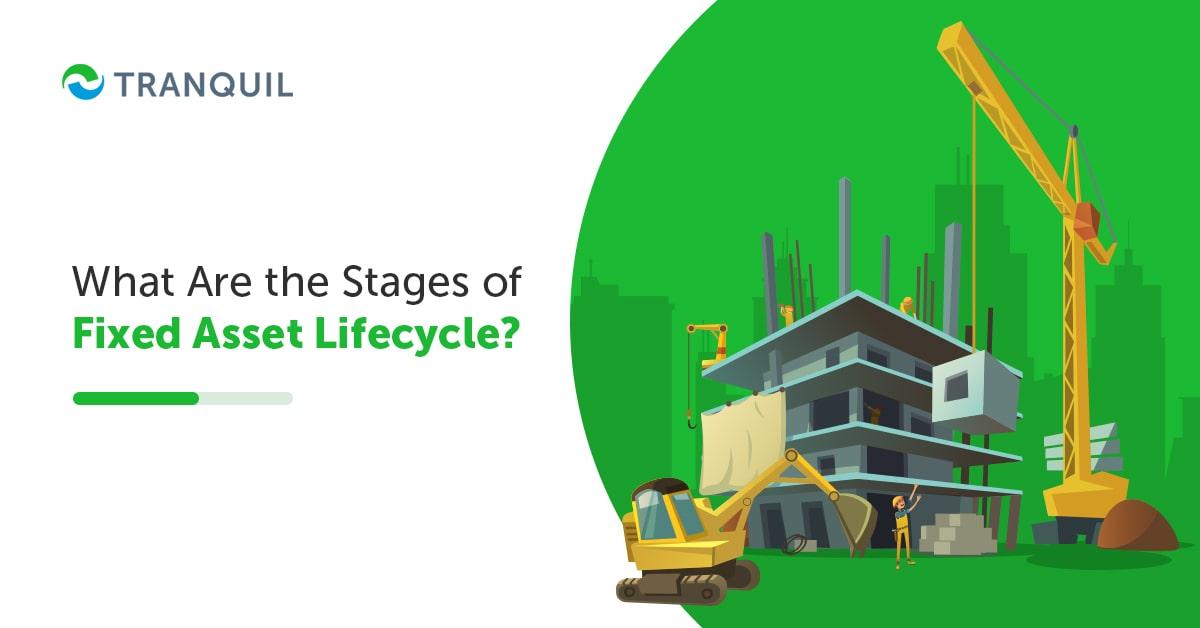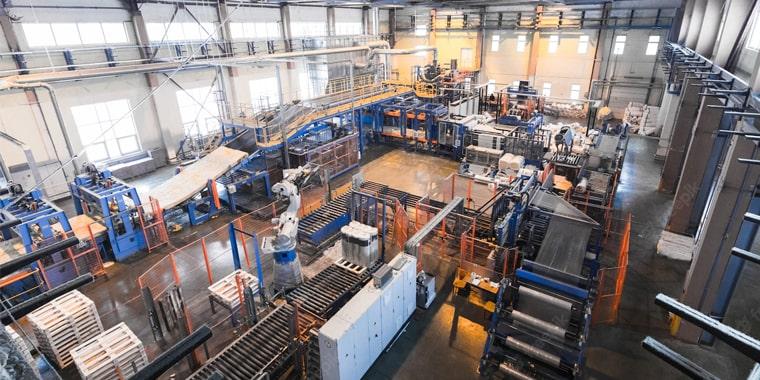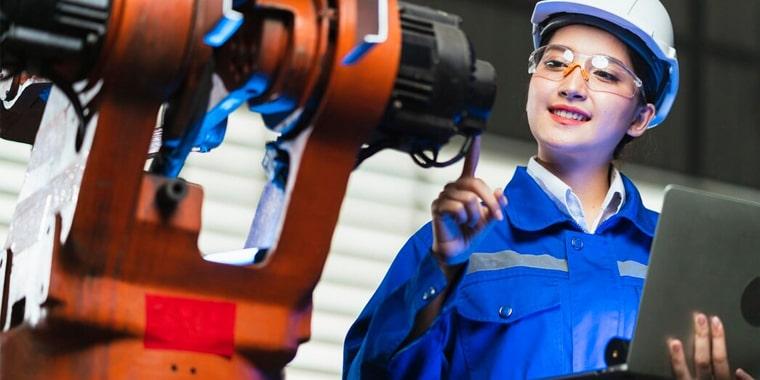
Nearly every company today uses fixed assets to provide services to customers and make profits.
However, fixed assets have life cycles and limitations.
This makes fixed asset lifecycle management very important.
For steady revenue generation, it is essential that assets become more accessible and are managed better.
Businesses will be able to understand and evaluate asset life cycles with digital tools like asset management software like the one offered by Tranquil.
But let’s first have a good understanding of the main terms.
An asset is anything that can add value to an organization.
A fixed asset is something that is purchased to be used in the long term, without being converted into cash quickly – building, machinery, furniture, and so on.
The various activities undertaken by an organization to extract value from assets are referred to as asset management.
These are usually managed by specific professionals, like say a facility manager for elevators and furniture, and repairs and regular servicing or maintenance help to increase the life of an asset.

In addition to delivering value from an asset, taking the right decision regarding the assets is also a part of asset management.
Assets can fail or get damaged if not cared for and maintained properly – which makes maintenance an important part of asset management.
One of the chief aims of asset management is generating the minimal life cost of the asset overall.
Remember that it can be impacted by factors like business continuity, or risk in the decision-making process.
Thanks to asset management, an organization can observe and analyze asset performance in various stages.
It also includes striking a balance between the costs and the threats against the performance level of the assets, which is important to get the maximum ROI and to maintain organizational goals.
The most important part of asset management is to understand the fixed asset life cycle properly.
There are a few important phases in the asset’s lifecycle, which begin when your business purchases an asset and end when you decide to dispose of it.
Repairs, upgrades, depreciation, operation – all these are included in an asset’s life cycle.
Throughout the asset’s life cycle, several accounting issues may crop up, depending on the accountant’s need for decisions to be made about the value of the asset or financial reporting.
Assets are critical to a business, and hence it’s crucial that you know exactly what assets you have, what their value is, where they are located, and in what condition they are.
This will help you to plan for future tasks and also fulfill your business obligations.
Asset life cycle management is where the profits the assets deliver are optimized, and held or used by the organization across its life cycle.
The services delivered by a business normally address every stage in an asset’s life cycle regardless of the industry, scale, opportunity, or scope.
ALSO READ: Guide on How Do ERP Systems Work

Understanding the life cycle of fixed assets is essential for a company, from the time it is acquired till its disposal.
Regardless of the business size or what industry it is in, a company depends on its fixed assets.
While assets are useful over several years where it provides immense value to the business, it does go through wear and tear, decreasing its efficiency and slowly, its life itself.
Repairs and maintenance services can extend the life of an asset, but eventually, it will need to be replaced, as the repairs may outweigh the cost of a new asset.
When asset management is carried out strategically, a business can predict the time an asset is likely to reach its peak performance, and how long it will last before it requires maintenance or replacement.
An in-depth data-driven approach to fixed asset life cycle accounting helps businesses to ascertain that they extract the maximum life and value from an asset. It also helps to:
ALSO READ: Important ERP Modules and Functions
Now that we have gained clarity regarding what fixed assets are and why their life cycles should be properly managed, let us understand the various stages of a fixed asset in some detail.
Most experts agree that there are four stages in the life cycle of an asset -, but some add one more. To have a thorough understanding of an asset’s life cycle, let us examine all five.
The very first phase in the life cycle of an asset. Here, you need to plan what assets your business requires, after evaluating the condition of the assets you have at present.
You also need to plan how you will deploy the asset, how it will impact your services, and whether it will help you achieve your business goals.
This helps you to have a very clear understanding of what role the asset is expected to play in your business for the coming 10, 20, or more years.

Individual businesses will have their own strategies for asset acquisition – for example, some companies may internally develop or construct their assets using their own employees; here they need to consider what percentage of the wages given to the employees should be calculated as part of the asset.
If it is outrightly purchased from outside, of course, the entire cost is allocated to the asset itself – including transportation charges if any.
Once the asset is installed, regardless of whether it was internally developed or purchased, it is placed under real property inventory and tracked through its life cycle.
ALSO READ: Ways to Improve the Procurement Process
Over time and with use, your asset value starts dropping.
You can avail tax benefits by accounting for asset depreciation and thereby reducing your net profit.

This is a crucial phase in the life cycle of a fixed asset.
When any piece of machinery or equipment has been in use for long, it undergoes wear and tear and necessitates repairs.
If not regularly serviced and maintained properly, the asset may require expensive repairs which can throw your budget out of gear, and also impact your everyday operations.
With regular servicing, the lifespan of the asset can be increased, so you need to focus on ways to optimize operation to enhance its potential.
Once the asset is deployed, it is used or operated, and this is the longest phase in the life cycle of the asset.
It shows the way in which the asset is applied and managed, including the necessary repairs and maintenance activities.
When the asset is put to work in the business, it improves operations and helps in revenue generation.
An asset should be monitored and examined for unexpected performance problems that could crop up.
Without this, expensive repairs and replacement of parts.
ALSO READ: ERP Software in Warehouse and Fixed Asset Management
As the asset’s life progresses, wear and tear also increases, and you may need more frequent maintenance to prolong its life and the value it can offer your company.
This is not limited to repairs; it also includes upgrades and modifications so that the asset stays relevant in relation to the dynamic work environment and business requirements.
Approaches to maintenance differ from company to company; while some may take the reactive approach, others may prefer a proactive or preventive strategy of maintenance.
However, every strategy has some common ends, like:
By focusing on areas that have the potential to be improved, maintenance activities can even cause an asset to improve its performance from its original level.
Regardless of how well you optimize asset operation and maintenance, there comes a stage in the asset’s life when it is no longer of use to the business.
While the most common reason is that it has aged and is no longer capable of performing well, it could also be due to reasons like technology change, or shutting down operations in that location, and so on.
Whatever the case, disposal of the asset should also be handled properly. There are several options, like:
It is essential that the value of the asset is properly calculated in order to get the tax benefit – you need to account for depreciation here.
Of course, this needs to be distinguished from a new asset that was defective or got completely damaged within a few days of its purchase – mostly in such cases, the manufacturer or seller may give you a replacement free of charge.
Some assets may need more maintenance than what you expect.
Frequent repairs or servicing is time-consuming, uses up your resources, and reduces organizational productivity.
If you find this happening with any asset, the wise thing would be to dispose of the asset.
Another instance you may have to dispose of or exchange the asset would be, a surge in demand which has been increasing at a steady pace.
The asset you have currently may not be capable of helping you fulfill the demand, and you may need to trade it in for one with higher capacity – or you could just purchase an additional one.
ALSO READ: Challenges in Procurement and Supply Chain

Asset life cycle management offers several benefits like:
Summary
Fixed asset lifecycle management is a vital activity for any business as it allows you to manage your valuable assets and prolong their life, helping you be more productive. An asset management software and application can help ensure that the asset is properly maintained, with timely upgrades being affected, being maintained and repaired in time, and disposed of effectively at the end of its life. Asset management software can help optimize the life cycle and the value addition of an asset. The right software can help asset managers to make data-driven, informed decisions that can lead to better outcomes.
See how it works for yourself! Schedule a demo with us at a time of your convenience, and we will explain how your assets can be managed more efficiently.